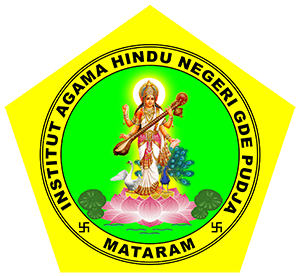| International Journal of Research in Social Sciences Year : 2015, Volume : 5, Issue : 4 First page : ( 487) Last page : ( 498) Online ISSN : 2249-2496. |
Abstract
In the eighth month (8) according to the Balinese calendar states that Tilem Sasih Kawulu (dark moon at the eighth month) precisely on the panglong ping 15 (at the last of the moon), held a religious ceremony by Hindus in Mataram each year. Hindus perform their ritual activity is characterized by the use of upakara (offerings) in the form of katipat sirikan (one kind of cooked rice in a woven coconut leaves). This Katipat is rectangular and the amounts used are adjusted to the wewaran panca wara (Balinese calender). Panca wara is having their own number of urip or Neptu (mystical number of the day) namely: Umanis, Pahing, Pon, Wage and Kliwon. Hindus traditionally in Mataram held their ceremony by means of katipat as the embodiment of an offering to Ida Sang Hyang Widhi Wasa (the name of God in Indonesian Hindu Tradition as The Ultimate Being) and His manifestations. After the prayers conducted, followed by natab (pleading with God by waving to the body) for themselves, namely katipat sirikan nganut urip (the use of Katipat is depending on the neptu of the day) on Tilem Sasih Kawulu (dark moon at the eighth month). The ceremony that is held on Tilem Sasih Kawulu is often called as ngesanga ceremony. Majority of the Hindu people do not know the function and meaning of the offerings, so in practice Hindu people say “mule keto” (it’s like that) and dared not execute. That phenomenon occurs in the community so that in this discussion describes the shape of the function and meaning of Katipat Kawulu Nganut Urip Paweton’s offering, especially those held in Mataram.
